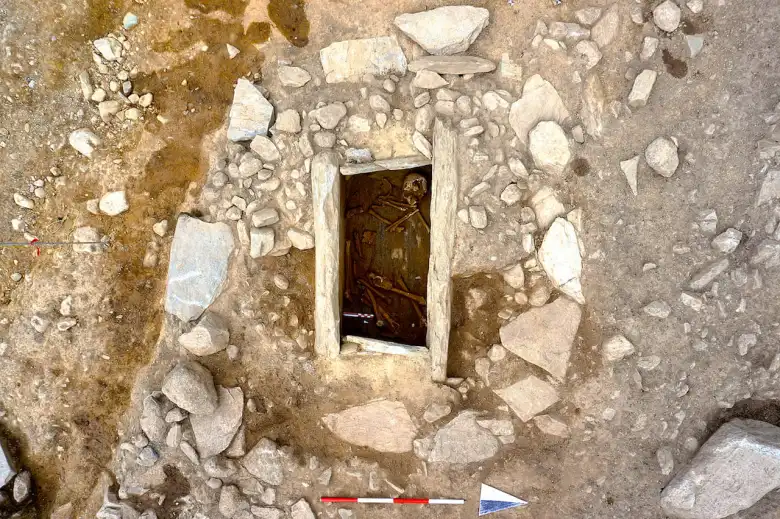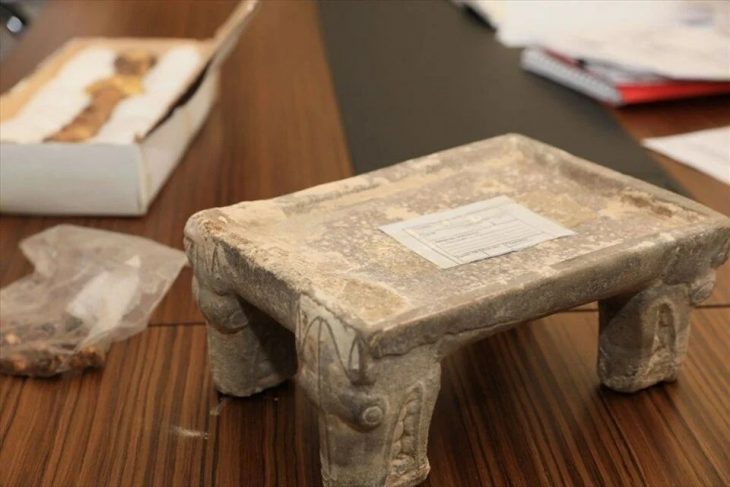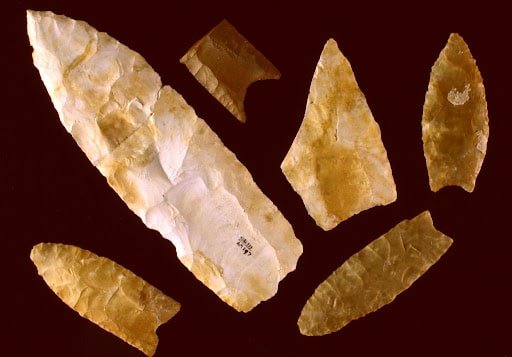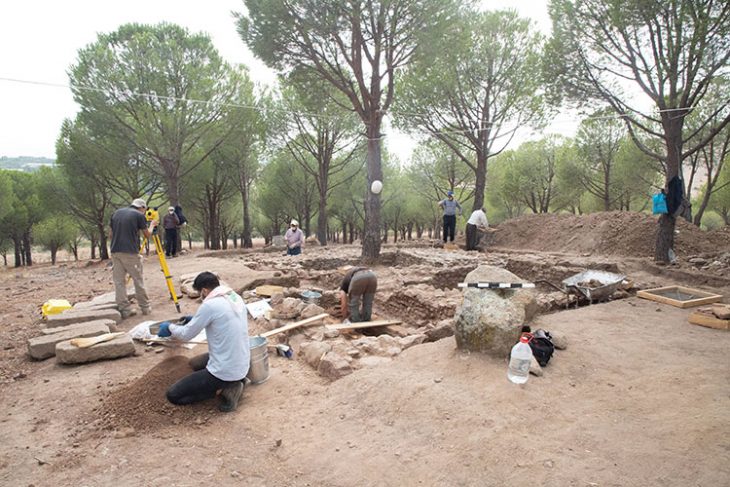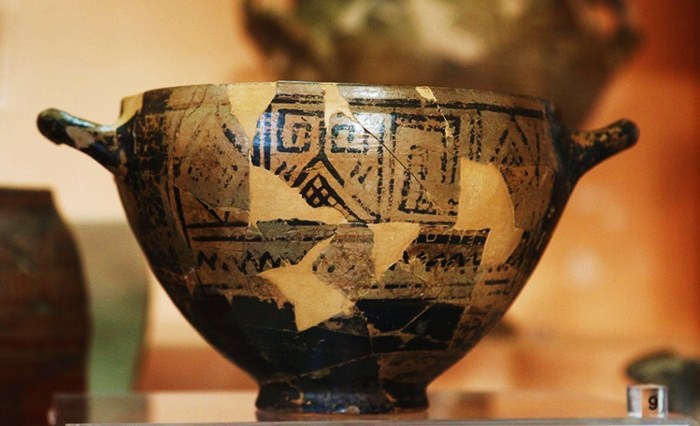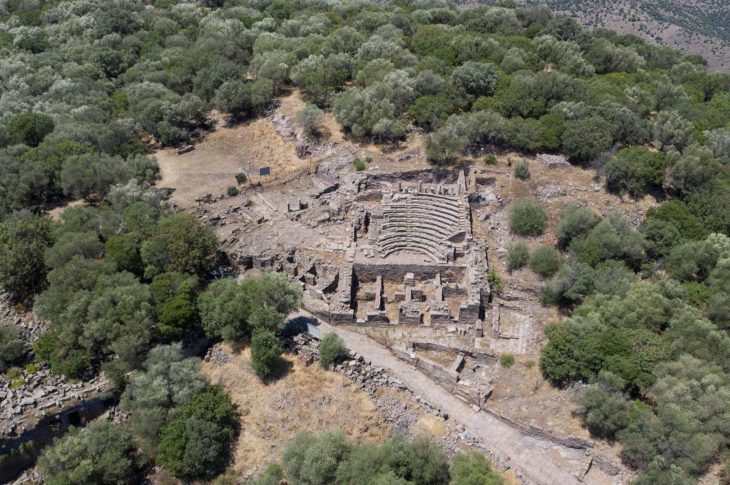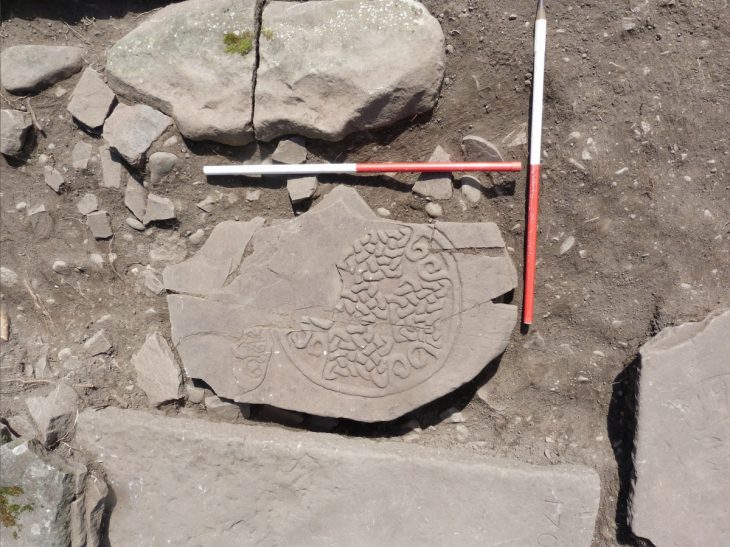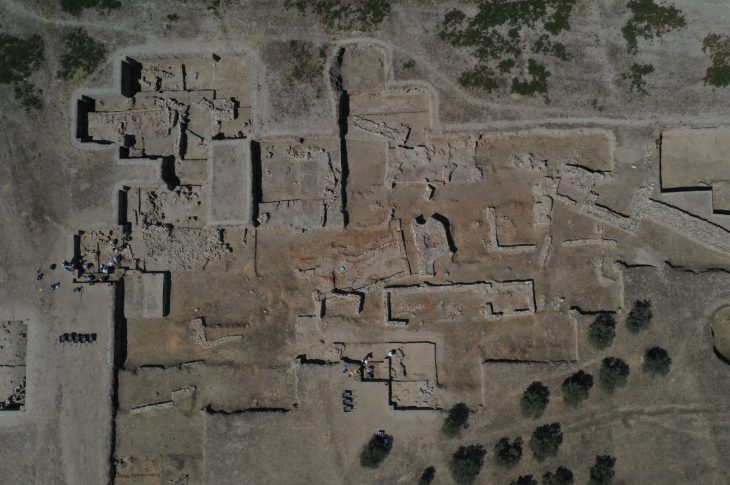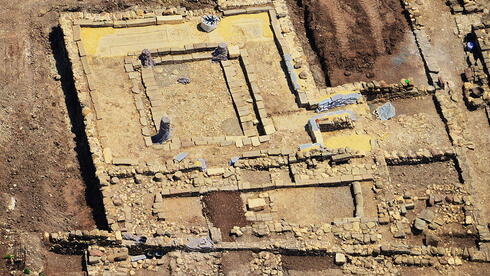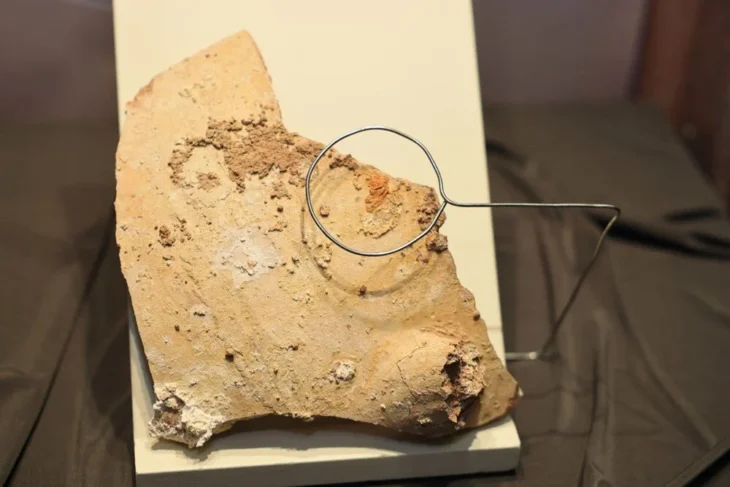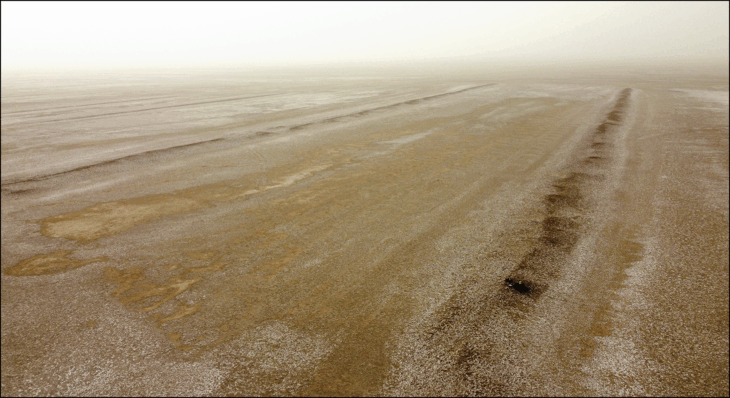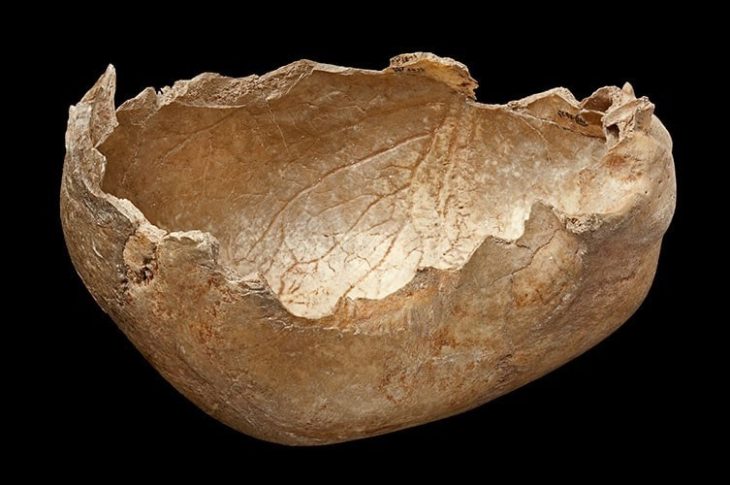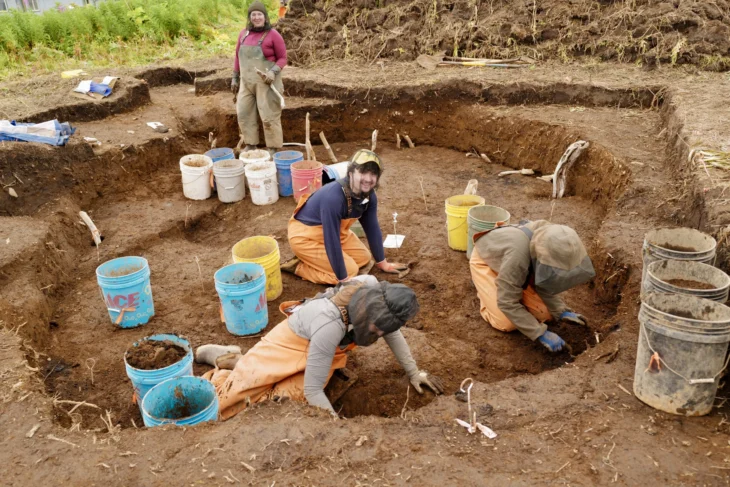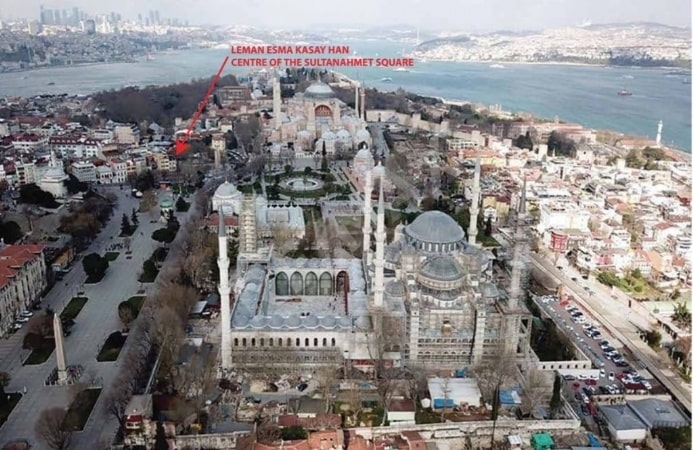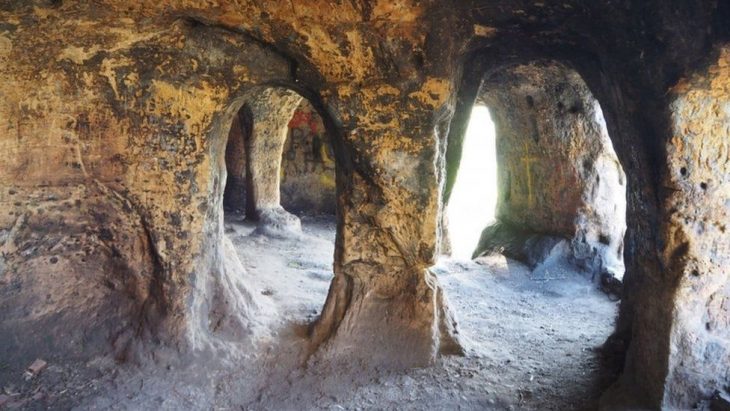The remains of a sacred area that dates back at least four thousand years have been discovered during excavations for the new gymnasium at the primary school in Berbenno di Valtellina in the northern Lombardy region of Italy.
The excavations for constructing the gymnasium of the primary school, carried out with PNNR funds, brought to light several archaeological structures, including a lithic cist tomb (i.e. a chest made of stone slabs, arranged in a cut-out pattern). The burial, which contained the remains of at least two individuals, was surrounded by a circle of stones and was likely covered by a mound.
Although the exact dating of this tomb is unknown, it may be from the end of the Copper Age or the start of the Bronze Age, some four thousand years ago.
In northern Italy, the Bronze Age spanned approximately 2300/1150 cal BC, during which prehistoric communities underwent a gradual yet significant transformation. Funerary evidence and sacred or ritual sites, where adornment objects played a different but significant role, are the main sources of information about this period.
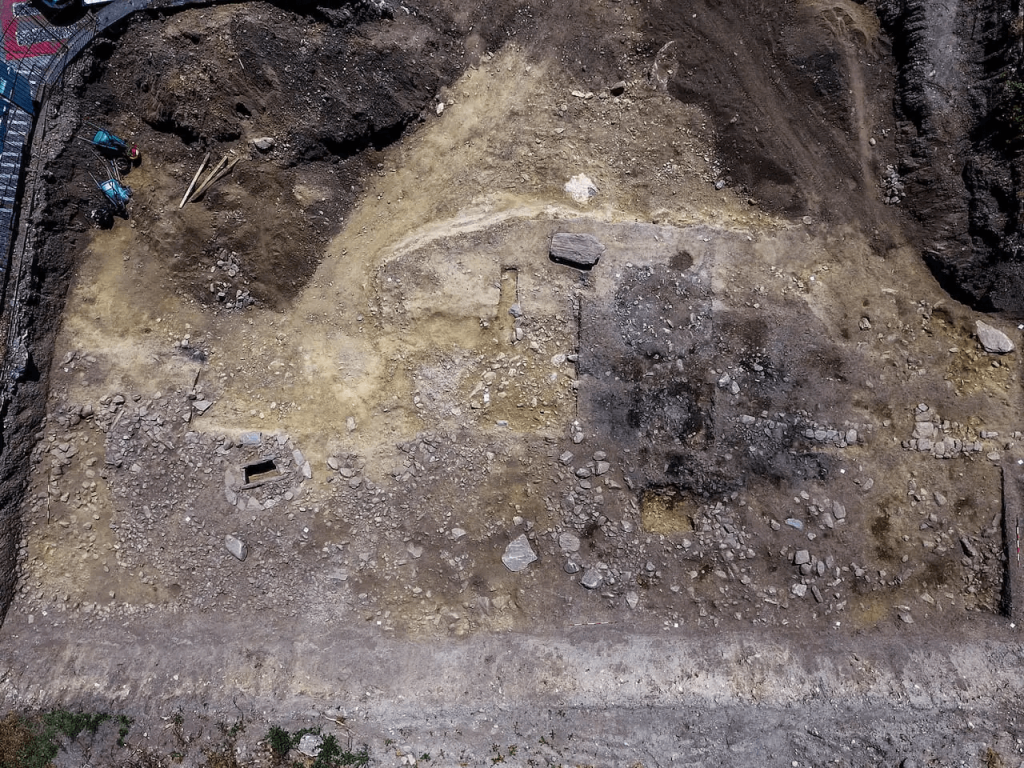
This is an exceptional find, the first of its kind in Valtellina, and made all the more remarkable by the fact that one of the walls of the tomb was constructed using an ornate stele from 5,000 years ago, similar to those found in the Teglio area and currently on display in Palazzo Besta.
This stele greatly extends the distribution area of these artifacts, which until now had never been found west of Chiuro. The stele, which by the nature of the engraved objects is male, and may have originally been part of an alignment, located in a sort of prehistoric sanctuary.
“It can certainly be said that what is emerging from the excavations represents one of the most important archaeological discoveries ever made in Valtellina”, says Stefano Rossi, Inspectorate archaeologist official.
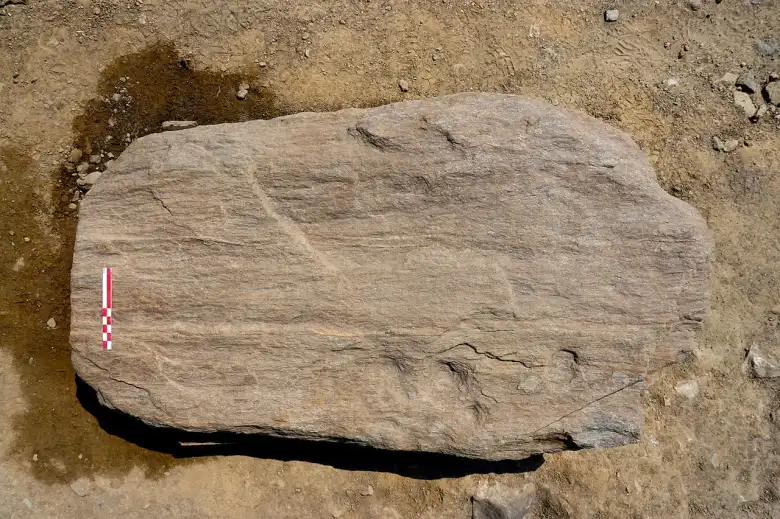
“Several artifacts recovered since the nineteenth century had already indicated that human presence in Berbenno dated back at least to the Bronze Age, but these new findings move the frequentation of the area back at least a thousand years. In particular, the stele statue constitutes the most western testimony of this important cultural phenomenon, dating back to over five thousand years ago.”
The excavation operations were carried out with the archaeological assistance of the specialized archaeological company Sap, which allowed these important structures to be recognized.
Since archeological research is still being done, more details may soon be added to the already intriguing picture that has so far come to light. As things stand, it appears feasible to assume that the remains could be removed for enhancement somewhere once the excavations are finished, enabling the project to move forward.
Cover Image: Soprintendenza Archeologia, Belle Arti e Paesaggio per le province di Como, Lecco, Monza-Brianza, Pavia, Sondrio e Varese

